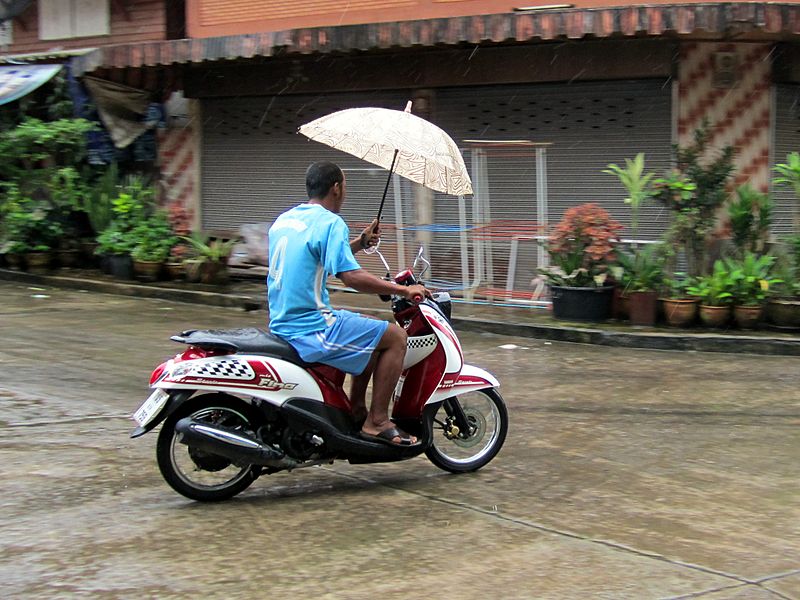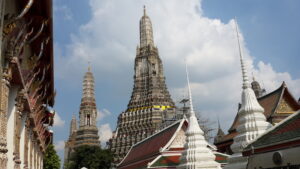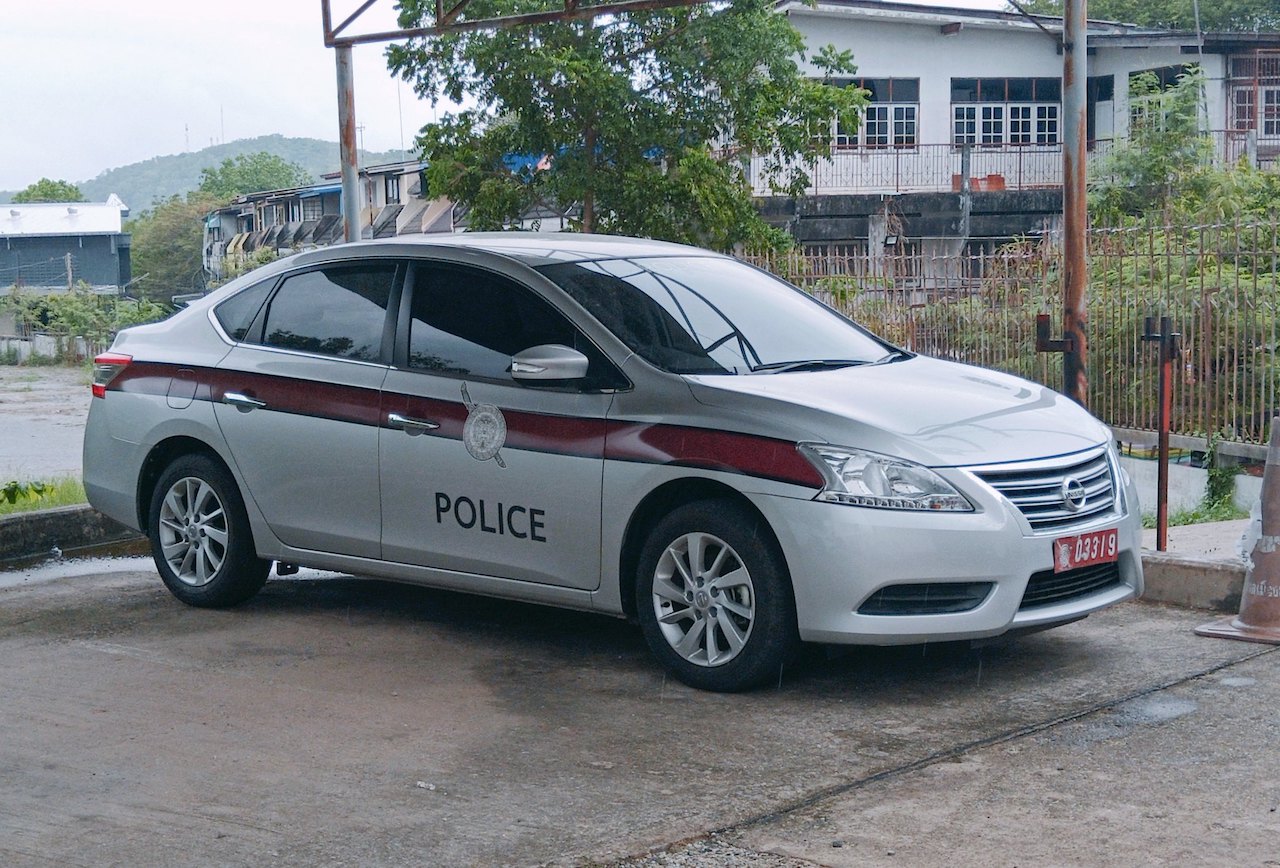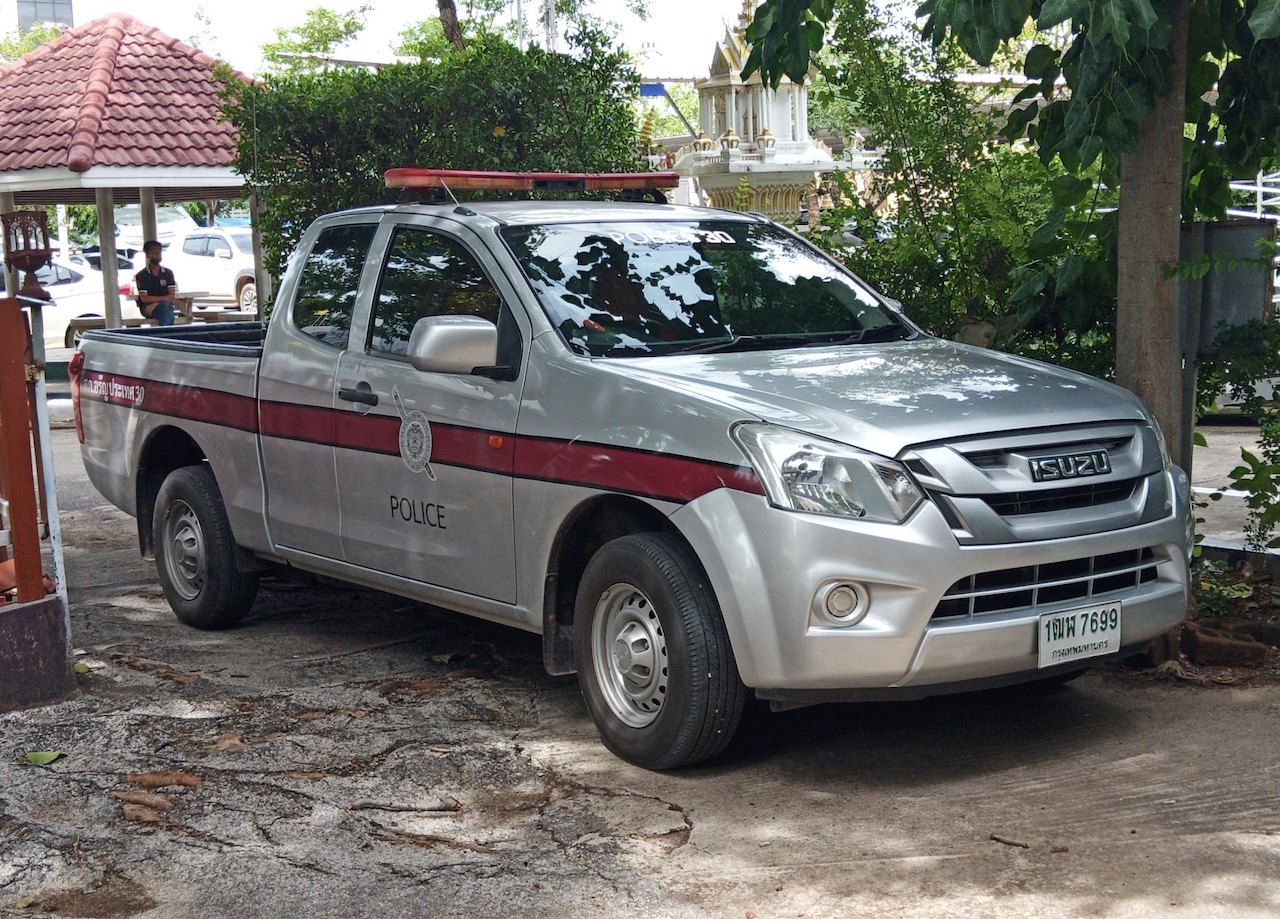Weather and climate in Thailand
Thailand can best be described as tropical and humid for the majority of the country during most of the year. The area of Thailand north of Bangkok has a climate determined by three seasons whilst the southern peninsular region of Thailand has only two.
In northern Thailand the seasons are clearly defined. Between November and May the weather is mostly dry, however this is broken up into the periods November to February and March to May. The later of these two periods has the higher relative temperatures as although the northeast monsoon does not directly effect the northern area of Thailand, it does cause cooling breezes from November to February.
The other northern season is from May to November and is dominated by the southwest monsoon, during which time rainfall in the north is at its heaviest.
The southern region of Thailand really has only two seasons — the wet and the dry. These seasons do not run at the same time on both the east and west side of the peninsular. On the west coast the southwest monsoon brings rain and often heavy storms from April through to October, whilst on the east coast the most rain falls between September and December.
Overall the southern parts of Thailand get by far the most rain with around 2,400 millimetres every year, compared with the central and northern regions of Thailand, both of which get around 1,400 millimetres.
Climate
Most of Thailand has a Tropical wet and dry or savanna climate (Aw) according to the Köppen climate classification, while the South and the eastern tip of the East have a tropical monsoon climate (Am); countrywide, temperatures normally range from an average annual high of 38 °C (100.4 °F) to a low of 19 °C (66.2 °F). During the dry season, the temperature rises dramatically in the second half of March, spiking to well over 40 °C (104 °F) in some areas by mid April when the Sun passes the Zenith. Southwest monsoons that arrive between May and July (except in the South) signal the advent of the rainy season (ruedu fon), which lasts into October and the cloud covering reduces the temperature again but the high humidity is experienced as ‘hot and sticky’. November and December mark the onset of the dry season and night temperatures on high ground can occasionally drop to a light frost. Temperatures begin to climb in January, and a hot sun parches the landscape. The dry season is shortest in the South because of the proximity of the sea to all parts of the Malay Peninsula. With only minor exceptions, every area of the country receives adequate rainfall, but the duration of the rainy season and the amount of rain vary substantially from region to region and with altitude. The Northeast experiences a long dry season although the dry 2007/2008 season lasted only from late November through mid March. Its red,(laterite) dense clayey soils retain water well, which limits their agricultural potential for many crops but is ideal for keeping the water in the paddy fields and local village reservoirs. The well drained, loose sandy alluvium of the Mekong flood plain is very fertile, the main crops being tomatoes on an industrial scale, tobacco, and pineapples.
-Thailand News (TN)























+ There are no comments
Add yours